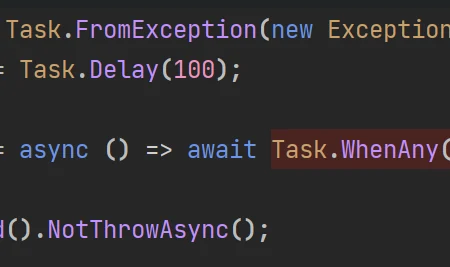System.Linq.Async is part of .NET 10 - LINQ for IAsyncEnumerable
IAsyncEnumerable is a type that was introduced in netcoreapp3.1 times. While somewhat an enumerable (even though async in nature), it never had the capabilities as its synchronous counterpart. Until dotnet 10! Now we have some feature-parity between those two.










